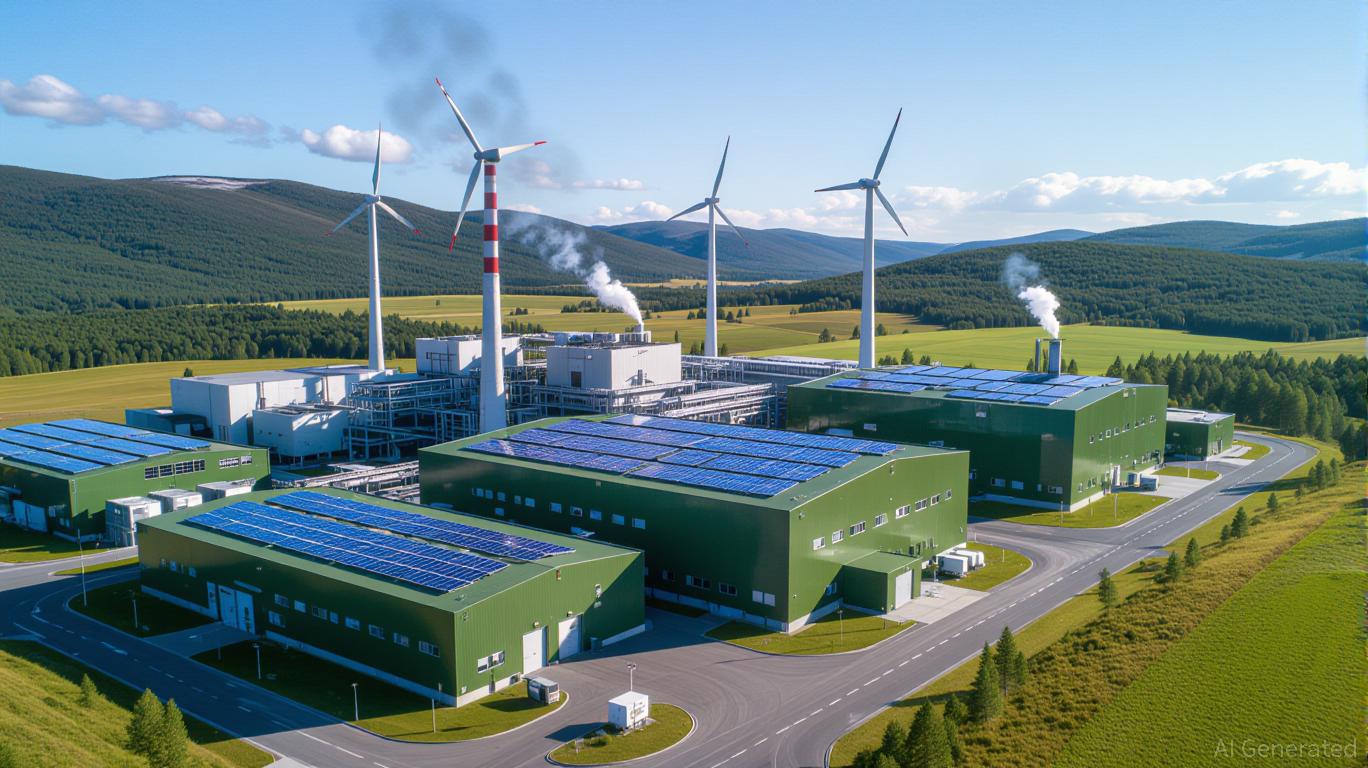Sweden’s ascent as a global innovation leader—ranking second in the 2025 Global Innovation Index (GII) with a score of 64.5—offers a compelling case study for EU investors seeking scalable, productivity-driven opportunities. The nation’s fusion of cutting-edge technology, sustainable industrial projects, and investor-friendly policies creates a blueprint for capitalizing on Europe’s green transition while securing long-term returns.
A Robust Innovation Ecosystem: The Engine of Growth
Sweden’s innovation ecosystem thrives on a trifecta of strengths: R&D investment, education, and sectoral specialization. The country allocates over 3% of GDP to research and development, a figure that fuels breakthroughs in green tech, AI, and life sciences. With one-third of its population holding post-secondary degrees, Sweden’s workforce is a magnet for startups and global corporations alike.
The 2024 surge in venture capital funding—€13.7 billion raised, 18.4% of Europe’s total—underscores this momentum. Cleantech alone accounted for €10.4 billion, driven by projects like Stegra (green steel) and Syre (textile recycling). These ventures are not just environmental milestones but scalable business models. Stegra’s €4.7 billion funding to build a 95% CO₂-reduction steel plant in Boden exemplifies how sustainability and profitability align.

Sustainable Industrial Strength: Decarbonization as a Competitive Edge
Sweden’s industrial strategy is anchored in decarbonization. The Clean Industrial Deal (CID) and EU’s Clean Industrial State Aid Framework (CISAF) have catalyzed projects in steel, energy, and transportation. For instance, Heart Aerospace’s $107 million raise for hybrid-electric aircraft and Aira’s €408 million for residential heat pumps highlight Sweden’s leadership in sustainable mobility and energy efficiency.
Government initiatives like Climate Leap and the Recovery and Resilience Plan (44% allocated to climate goals) further solidify this trajectory. By 2025, Sweden’s climate-tech sector is valued at $28 billion, with six unicorns and 500 active companies. This ecosystem is not just about reducing emissions—it’s about creating exportable solutions for a global market.
Investor-Friendly Policies: Tax Incentives and Green Finance
Sweden’s alignment with EU policies offers EU investors a clear roadmap. The EU’s 2025 Tax Incentives Recommendation allows targeted tax credits (up to 15% of eligible costs) for clean-tech investments, with enhanced flexibility for projects in assisted areas. Accelerated depreciation policies, including immediate expensing of clean technology costs, further reduce entry barriers.
Green bonds are another cornerstone. Sweden’s advanced green bond market, supported by strict regulatory oversight, provides investors with transparent, high-impact opportunities. Municipalities and corporations have leveraged these instruments to fund renewable energy and sustainable infrastructure, offering stable returns while aligning with ESG criteria.
Strategic Investment Opportunities for EU Capital
For EU investors, Sweden’s innovation and sustainability focus opens doors to three high-potential sectors:
1. Climate Tech: With €10.4 billion in 2024 cleantech funding, sectors like green steel, battery production, and carbon capture are ripe for scaling.
2. Deep Tech: AI-driven platforms (e.g., Sana AI) and advanced manufacturing solutions offer long-term value.
3. Life Sciences: Startups addressing global health challenges, such as Natural Cycles’ hormone-free birth control app, combine innovation with market demand.
Investors should also consider green bonds and ESG funds to diversify risk while capitalizing on Sweden’s regulatory clarity. The OMX Stockholm 30 index, which includes green and tech-focused firms, provides a benchmark for tracking equity performance.
Navigating Challenges and Maximizing Returns
While Sweden’s ecosystem is robust, challenges like housing shortages in Stockholm and gender disparities in venture capital (9.9% of funding to female-founded startups in 2024) require strategic navigation. Investors can mitigate these by partnering with local institutions like Vinnova or Tillväxtverket, which offer grants and mentorship for startups.
Moreover, Sweden’s participation in the EU Critical Raw Material Centre and Circular Economy Act (targeting 24% circular materials by 2030) ensures access to critical resources, reducing supply chain risks.
Conclusion: A Model for the Future
Sweden’s blend of innovation, sustainability, and policy support positions it as a blueprint for EU investors. By channeling capital into its green-tech and deep-tech sectors, investors can harness productivity-driven growth while contributing to global climate goals. As the EU’s green transition accelerates, Sweden’s ecosystem offers not just returns but a legacy of scalable, impactful innovation.
For those ready to act, the time is now—Sweden’s innovation engine is not just humming; it’s roaring.
